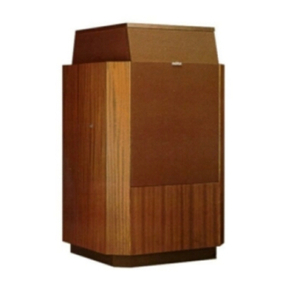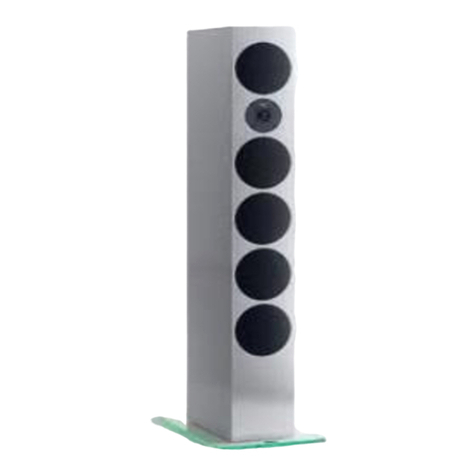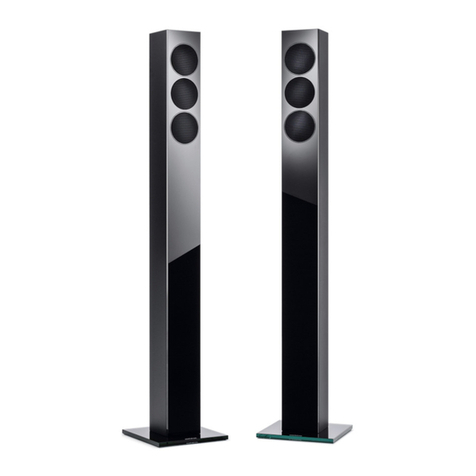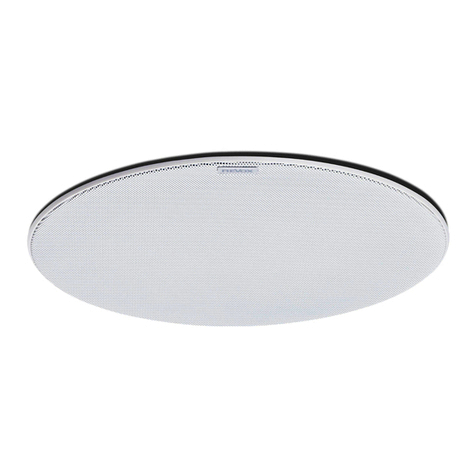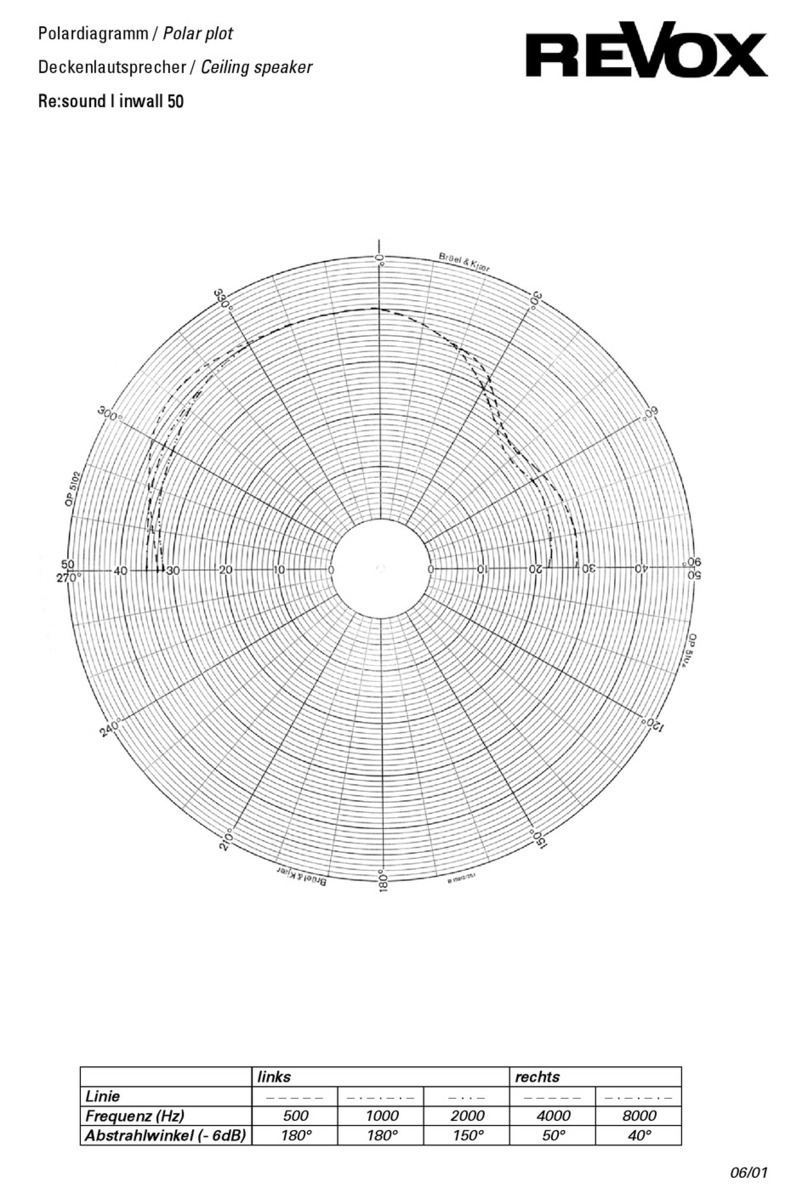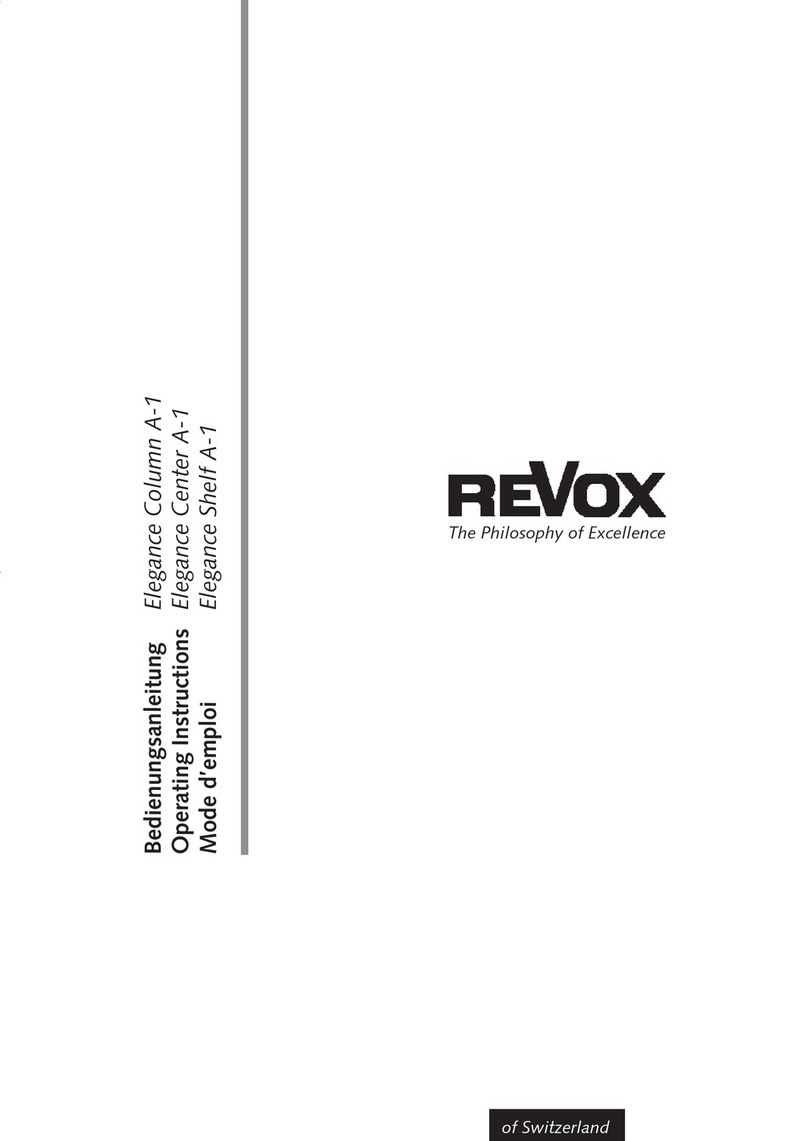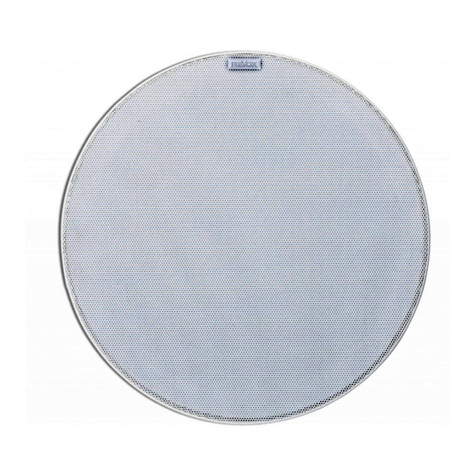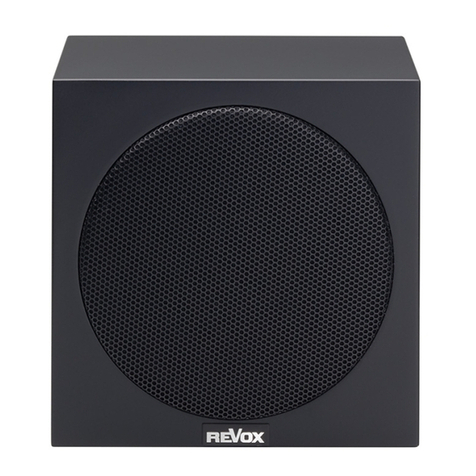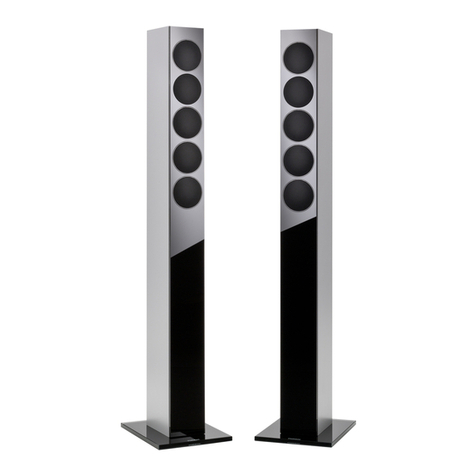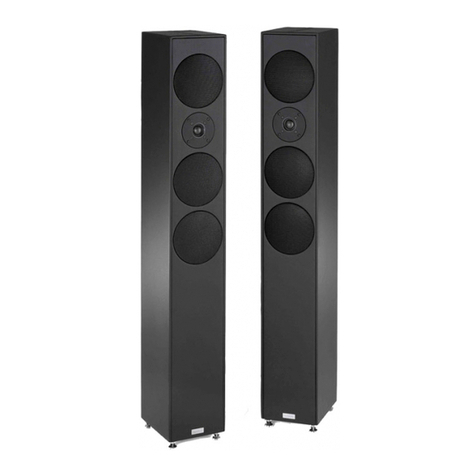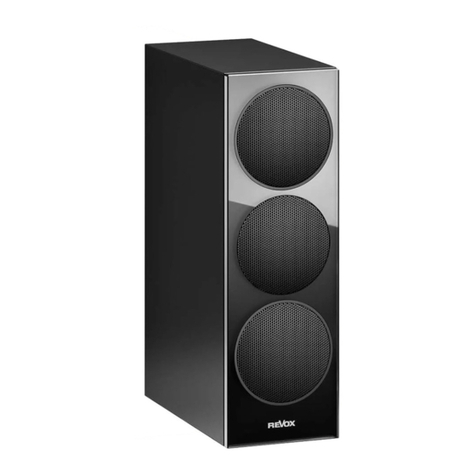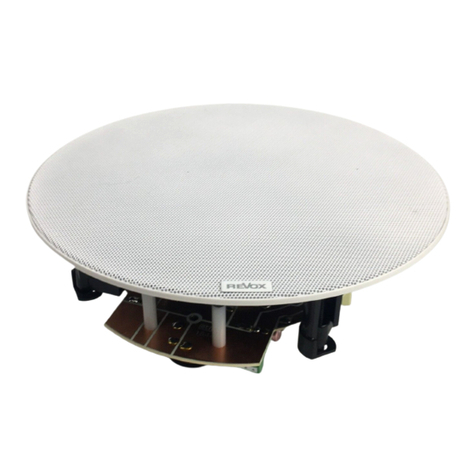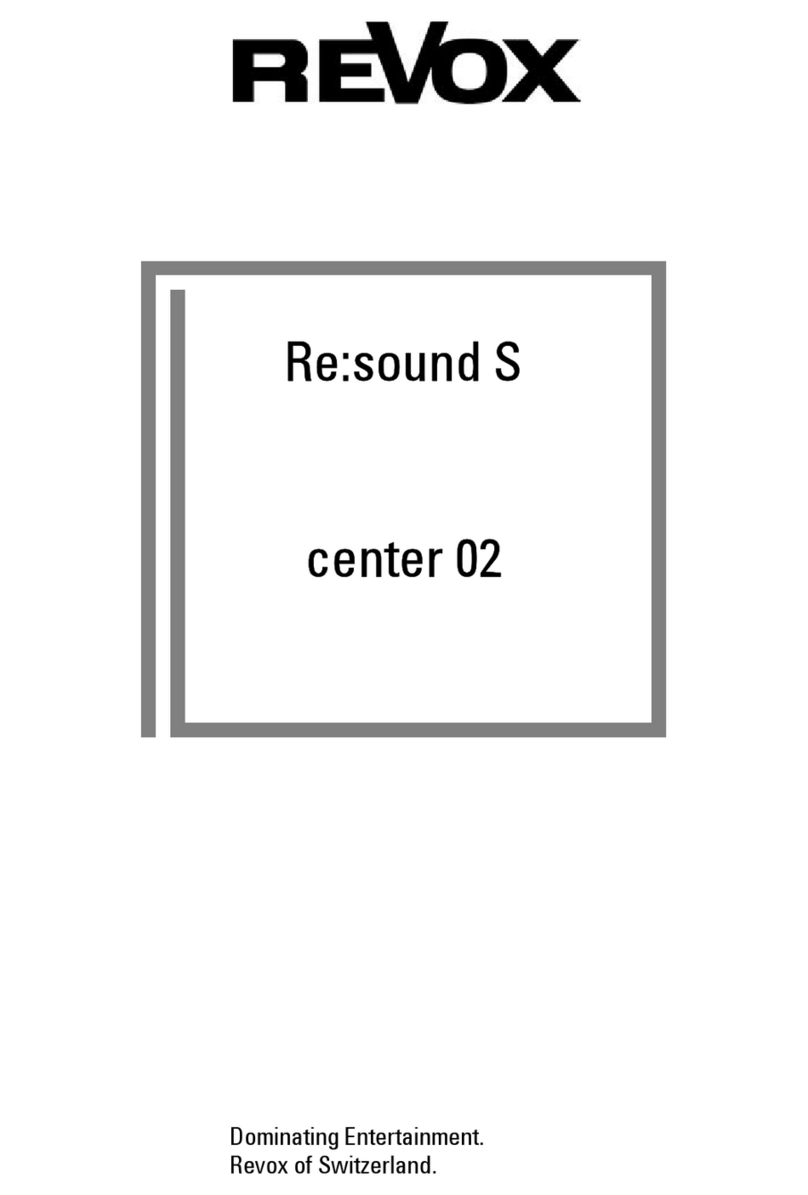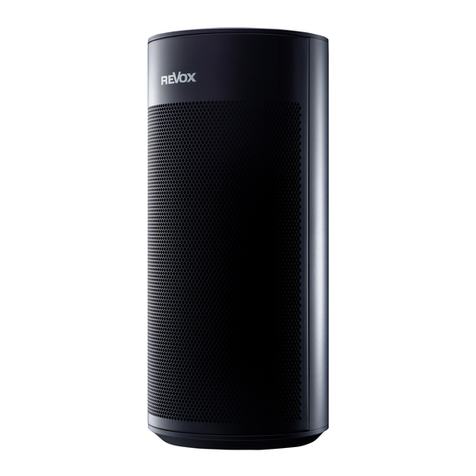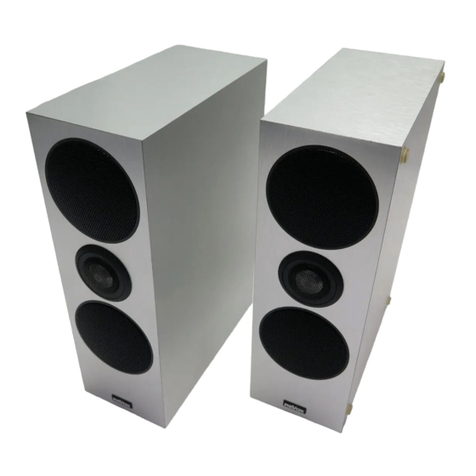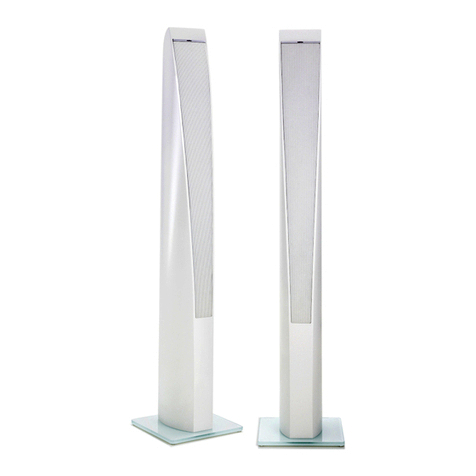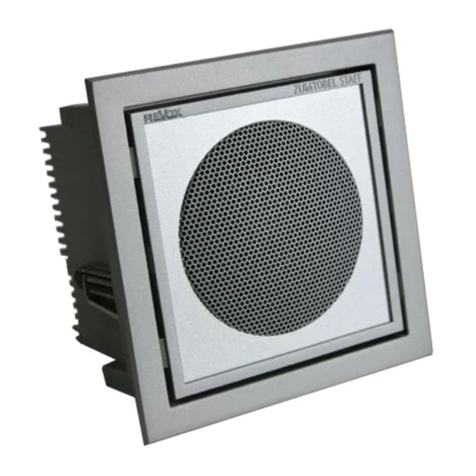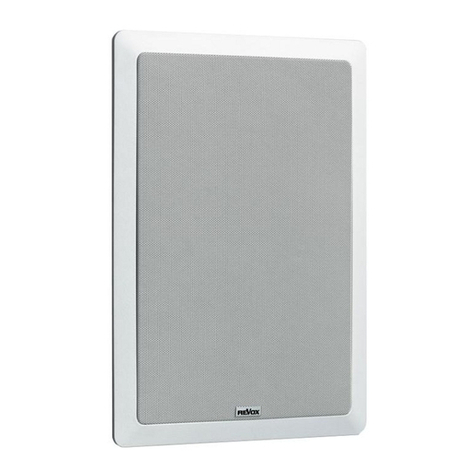sEcroN 1
General ln conventional passive speakers the frequency range is allocated to the indivi-
dua I speaker chässis by passive frlters implemented with coils and capacitors
The ohmic resistance inherent to these coils as well as the resistance of the
connecting cable beh/,/een the amplifier and the speaker have a detrimental
influence ön the damptng factol i. e. it becomes much more difflcult for the
amplifier to control the speaker diaphragm movement.
ln powered speakersthe frequency spectrum is split before the.power amplifi
erä. ln this case the crossover networks can be implemented with low loss
components (amplifiers). One power amplifier each is assigned to the bass,
midänqe, and treble. These power amplifiers are installed in a speaker hous-
lnq (heäce the desiqnation "powered"). This arrangement results in short,
loürlloss connectioni bet,veen the power amplifiers and the corresponding
speaker chassis. The damplng factor is known and controllable
Cone type speakers generally have an asymmetrical deflectlon of the dia-
phraqm. thris means that the travel of the moving coil is not identica I in the d i-
iectiön toward the maqnet and away from the magnet. The diaphragm ofthe
bass soeakers oerform the qreatest deflection. This is the reason why this
asvmmetrv is most perceiväble in bass speakers. ln the powered speaker
AGORA B MKll/AGORA B SLIM LINE, the only feasible solution to this prob
lem has been chosen, the so-called push-pull operation of a pair of identical
bass speakers of which one is installed in the housing in a conventional man-
ner thö other, however, with the magnet system facing the outside. ln thisway
the asymmetries of the speakers are mutually compensated. The diaphragm
movement of the two bass speakers is rigidly coupled to the output signal of
the bass amplifier by an interlocking control system. Frequency response
errors and high-ordei sympathetic reaonance of the housing, which occur in
passive and powered systems without interlocking control, are now a thing of
the past.
The input sensitivity of the AGORA B lvKll/AGORA B SLIM LINE powered
soeakärs can be switch selected so that it can be matched either to a tuner/
preamplifier combination (e. g. REVOX B286) or a tuner/power amplifier c^om
bination (e. g. REVOX 8285). In various power amplifiers (e. g. REVOX 8250)
and receiveis it is possible to open the path betu/een the preamplifier and the
oower amolifier. ln this case the AGORA B I\lKll/AGORA B SLIM LINE can be
bonnected to the preamplifier output of the correspond ing unit. Direct connec-
tion to source units with variable output level (e.9. REVOX CD 8226) is also
feasible.
Thepowered speakerAGORA B MKll/AGORA B SLIM LINE is. of course. also
compatrble with REVOX equipment of older series. Your dealer will gladly
advise you.
Protective circuits prevent overheating of the built-in power amplifiers and
protect the midrange speaker and the Nveeter from overloads.
